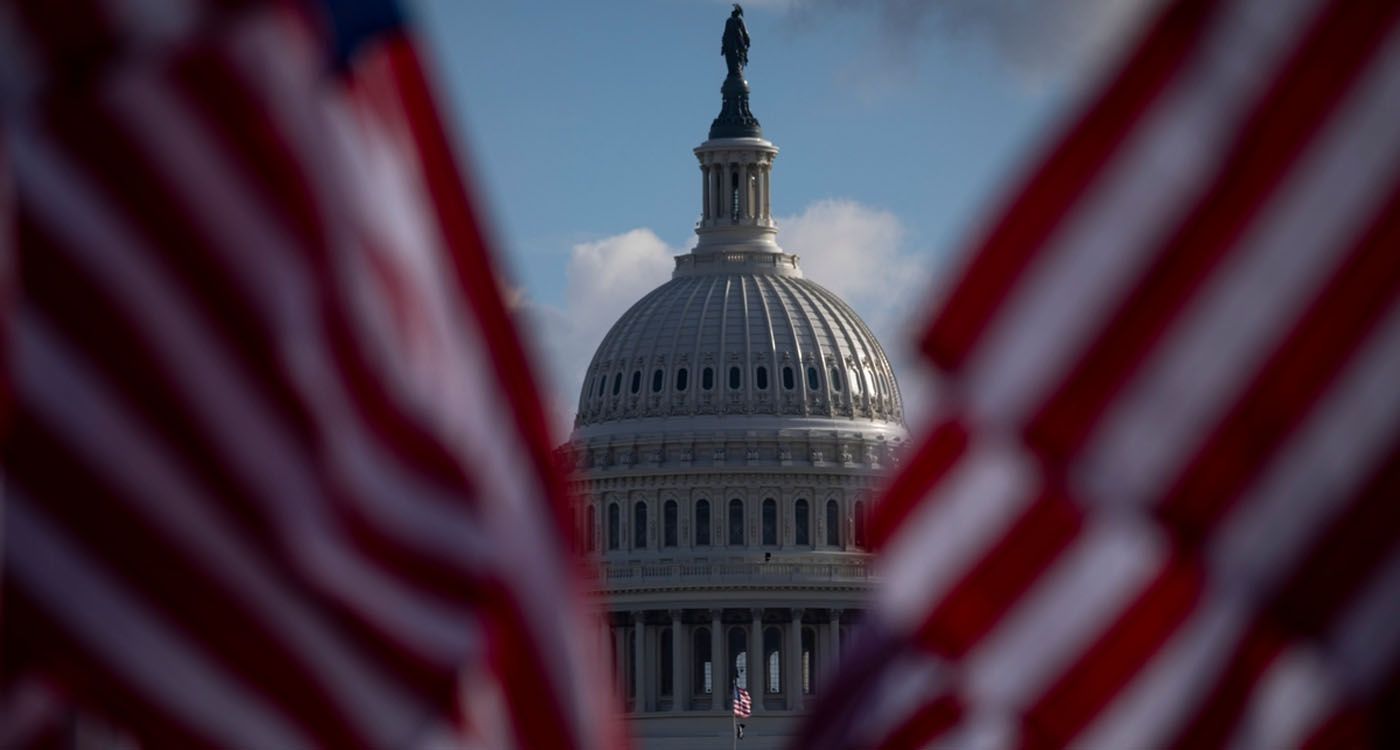- Home
- Middle East
- How Washington Dismantled Its Rivals and Reclaimed Global Leverage in 100 Days

©rawpixel.com / Sergeant Matt Hecht
It took the United States less than one hundred days to begin redrawing the global strategic map—on its own terms. In just over three months, President Donald Trump’s returning administration—resurrected not through elections, but through political maneuvering and ideological momentum—reignited an assertive and unconventional foreign policy doctrine rooted in a singular principle: “Divide your rivals, then negotiate from a position of dominance.”
At a time when the global balance of power appeared to be shifting toward new, multipolar alliances, Washington made a dramatic comeback. Armed with calculated ambition and geopolitical foresight, the US launched a series of targeted actions that stopped short of full-scale confrontation but aimed to dismantle and isolate its adversaries—one by one. From Moscow to Beijing, from Tehran to Gaza, and from Sanaa to Caracas, Washington played the board like a chess master, exploiting each adversary’s internal weakness or external vulnerabilities.
From the European-Russian front—where the US has historically bolstered Kyiv against Moscow—to the intensifying trade and tech standoff with China and the renewed confrontation with Iran—long viewed as the primary destabilising threat in the Middle East—every move suggested a broader design. Even in Latin America, where Venezuela once faded from Washington’s radar, Trump’s White House resurrected the region as a strategic backyard, once again subject to sanctions and pressure.
Russia: Negotiation Without Peace—Just the Sideling of Europe
In the Russian dossier, the Trump administration understood one essential truth: nearly all of America’s global adversaries—including Moscow—ultimately shared a common desire: to sit across the table from Washington.
Rather than dismissing that desire, the administration weaponised it. Quiet backchannels were activated, and direct negotiations began through a confidential envoy. Soon after, Steve Witkoff, originally appointed as US envoy for Middle East affairs, entered the scene—signalling a broader framework in the works, one that extended beyond bilateral diplomacy and deep into the question of Ukraine.
What Europe viewed as an existential crisis, the United States recast as a US-Russia negotiation. By creating an exclusive bilateral track, Washington effectively sidelined European capitals, keeping Brussels and Berlin at arm’s length. In doing so, the US blocked Europe from asserting itself as an independent actor in postwar diplomacy and reaffirmed its own centrality as the only indispensable power in conflict resolution.
Iran: Diplomacy at Gunpoint
As it did with Russia, the Trump administration exploited the same strategic vulnerability in Tehran: Iran’s long-standing desire for direct dialogue with Washington. But unlike the drawn-out diplomatic overtures that led to the 2014 nuclear deal, this time the invitation came with a deadline—and a veiled threat.
President Trump reportedly sent a personal letter to Supreme Leader Ayatollah Ali Khamenei, offering negotiations but giving Iran just 60 days to respond. The message was unmistakable: talk, or face the consequences. Tehran accepted, and high-level talks were soon underway in Muscat. Representing Iran was seasoned diplomat Abbas Araghchi—one of the architects of the 2014 deal—while Steve Witkoff stood in for the United States. The negotiations, however, were bound by a tight timeline. Either they produced tangible results quickly, or the US would escalate—potentially militarily.
Even Israel was caught off guard. Prime Minister Benjamin Netanyahu was informed only after a surprise summons to the White House, underscoring the secrecy and centralised control under which the Trump team managed the Iran file.
Crucially, Russia—the presumed ally of Iran in numerous regional theatres—appeared to quietly step back. In a striking departure from past rhetoric, President Vladimir Putin declared,
“We support Iran not acquiring any weapons that could threaten the security of Israel.”
This statement, coming from the head of a state often aligned with Tehran, marked a significant shift—and signalled a tacit Russian-American alignment on containing Iran’s strategic ambitions.
Simultaneously, the US was quietly engaging with other players in the region. Talks with Hamas, reportedly mediated by Qatar, centred around hostage releases—effectively delinking Gaza from Iran’s orbit. In Yemen, American airstrikes directly targeted Houthi assets, dismantling what remained of any unified “Axis of Resistance”.
By fragmenting these interconnected fronts, Washington forced each actor—Tehran, Hamas, and the Houthis—to face it alone. No unified resistance, no joint leverage. Just isolation, pressure, and the negotiation of surrender terms.
China: Trade War as a Veil for Strategic Supremacy
On the economic front, the Trump administration reactivated the global trade war—but the goal wasn’t simply to rebalance trade deficits. It was to cripple China’s geopolitical ascent and reaffirm America’s uncontested dominance over the international economic order.
From the outset, it was clear that this campaign wasn’t about tariffs for the sake of US manufacturing. It was about one adversary: Beijing. America's traditional allies—Europe, Canada, Mexico, Japan, and South Korea—became collateral participants, drawn into the fray as Washington flexed its leverage to remind them where power truly resides in the global trading system.
Tariffs, sanctions, and headline-grabbing threats were never the endgame. They were instruments of psychological and strategic pressure designed to isolate China, not merely penalise it. To do this, the administration first had to fracture BRICS—the coalition of emerging economies long imagined as a challenger to US-led institutions.
That mission began with a pointed exemption: Russia was spared the full force of American tariffs. In doing so, Washington neutralised Beijing’s closest BRICS ally and left China exposed. The results spoke for themselves. While retaliatory trade measures were swiftly lifted for most countries, China remained locked in confrontation.
One by one, nations entered bilateral negotiations with the US, eager to avoid prolonged trade conflict. The once-ambitious BRICS plan to create a currency alternative to the US dollar faded into obscurity, another casualty of Washington’s strategic offensive.
The message could not have been clearer: if you want access to the global economy, you go through Washington.
The Fragmentation Doctrine: How Washington Is Winning Without a War
Zooming out, one sees the elegance—if not ruthlessness—of Washington’s approach. The United States could not have brought Russia to the negotiating table without first separating it from its strategic entanglements. Nor could it have boxed Iran into time-bound talks without isolating it from both the “Axis of Resistance” and Moscow. And the trade war with China? It only became viable once Russia was economically detached from Beijing.
What emerged was not a series of opportunistic manoeuvres but a deliberate strategy of fragmentation—a systematic unravelling of adversarial alliances. One adversary at a time. Isolated negotiations. American terms. Symbolic concessions designed to simulate partnership, all while reinforcing US control.
Who would have predicted that China would face Washington’s economic arsenal alone? That Russia would speak of Israeli security over Iranian sovereignty? That BRICS would fall eerily silent? That Europe would be quietly excluded from peace efforts in Ukraine? Or that Iran and Hamas would separately engage Washington with no coordinated front?
This was not the spontaneous result of a chaotic presidency. It was a recalibrated American foreign policy—iron-fisted but intellectually engineered. Gone was the reliance on large-scale wars and endless entanglements. In its place: surgical strategy, geopolitical chess, and psychological superiority.
Read more




Comments